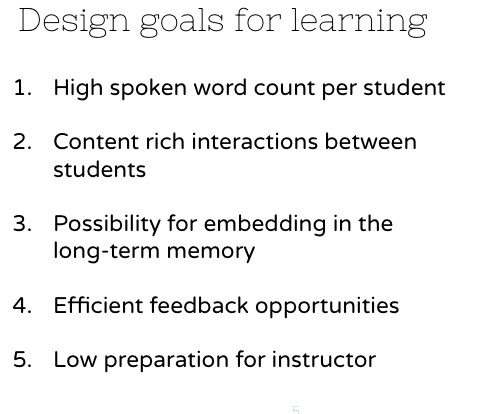Excited to begin my Doctoral journey at the Werklund School of Education at the Unversity of Calgary. I hope to participate in Design-Based Research (DBR) In the most basic form, this is when an idea is
designed,
implemented in the field,
analyzed, and
improved.
One of the most important distinctions of DBR is that ideas are implemented in real educational settings. The overall premise change as ideas is improvable. DBR honors educators as designers, acknowledging vast and complex context possibilities. Through my doctoral work, I hope to refine my socially-minded design tool, scale implementation, reflect, analyze and improve the tool so it is of maximum benefit to teachers and students in the field.




